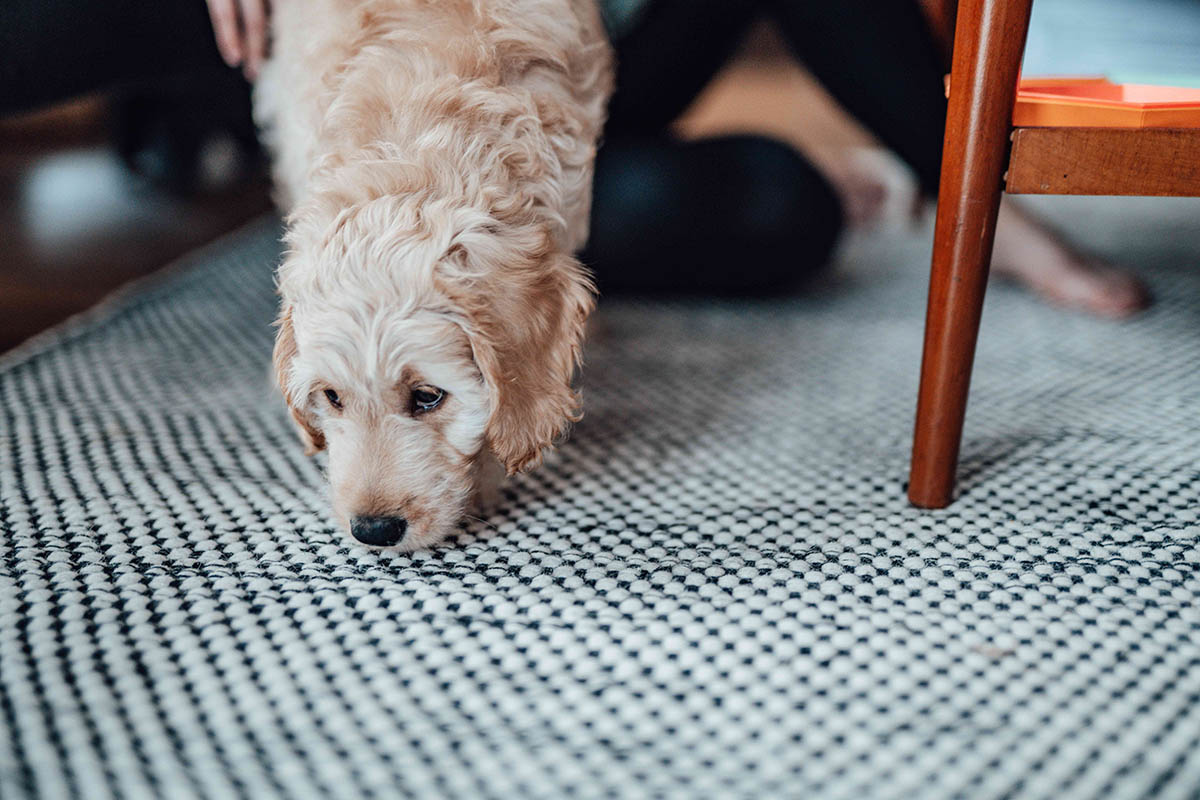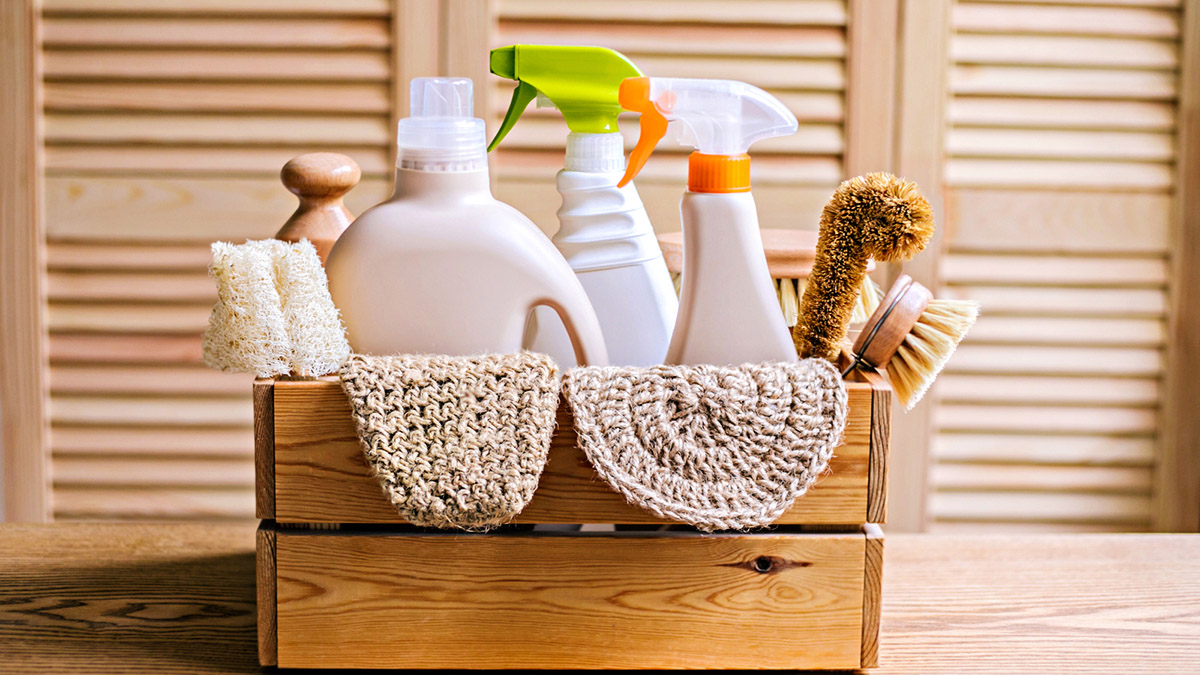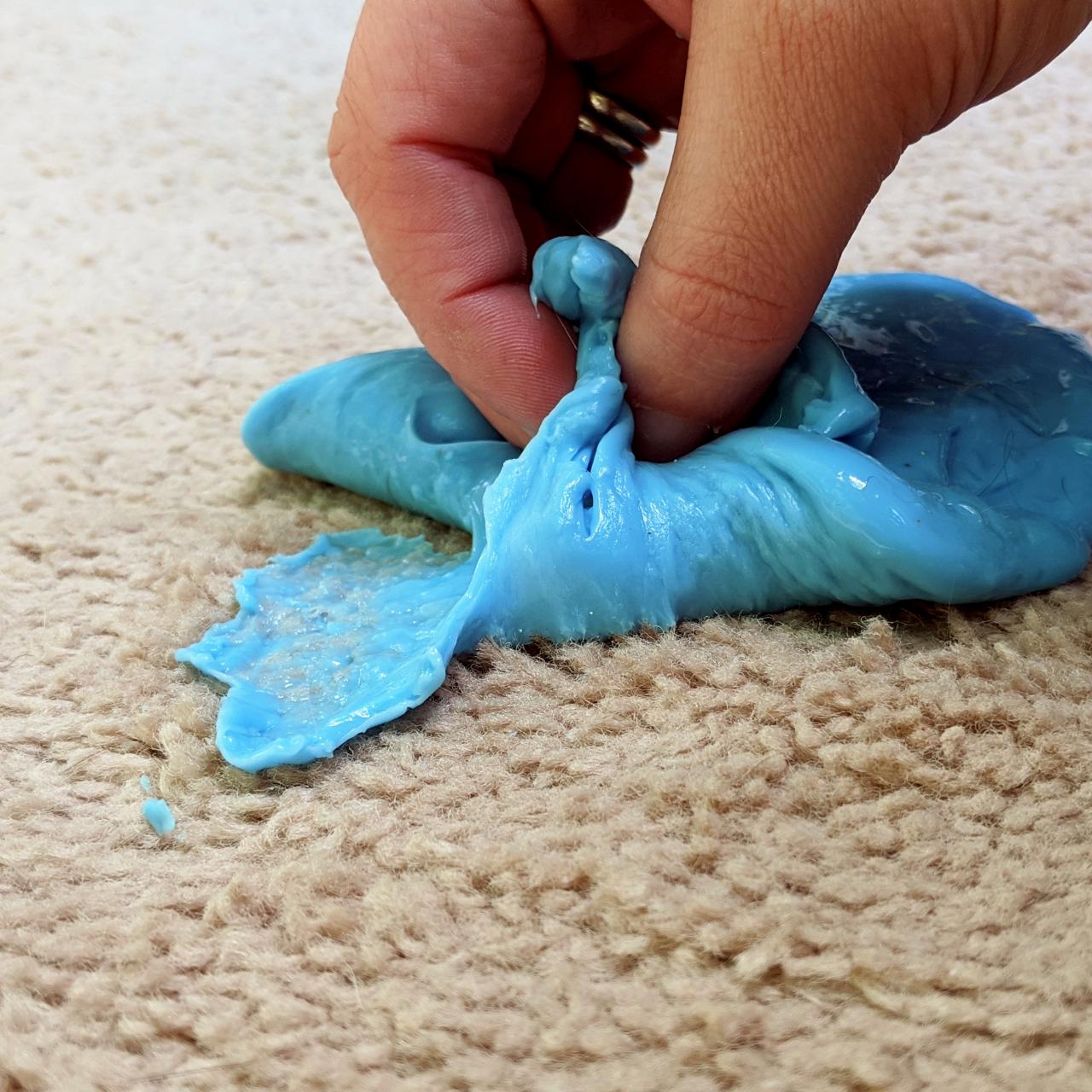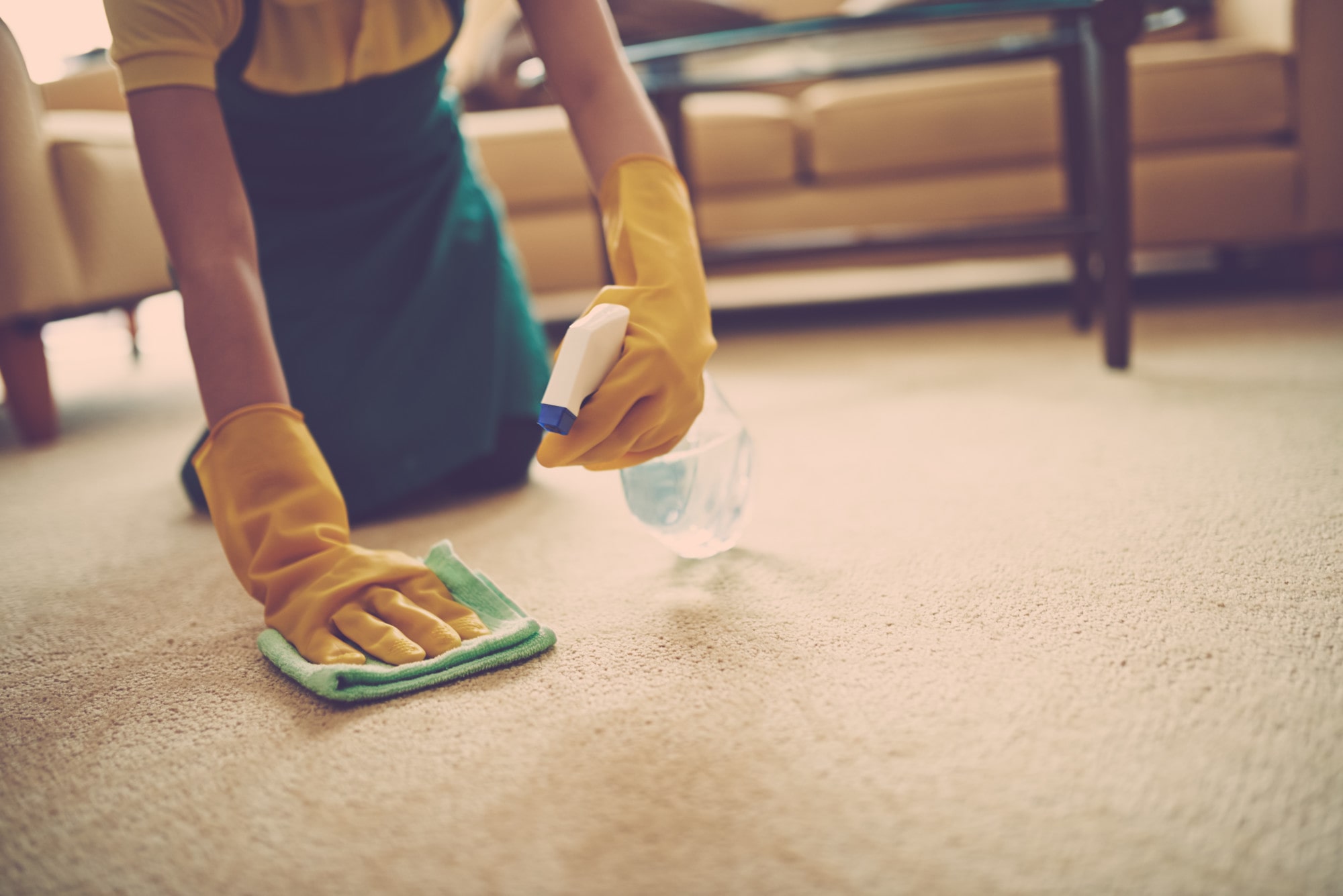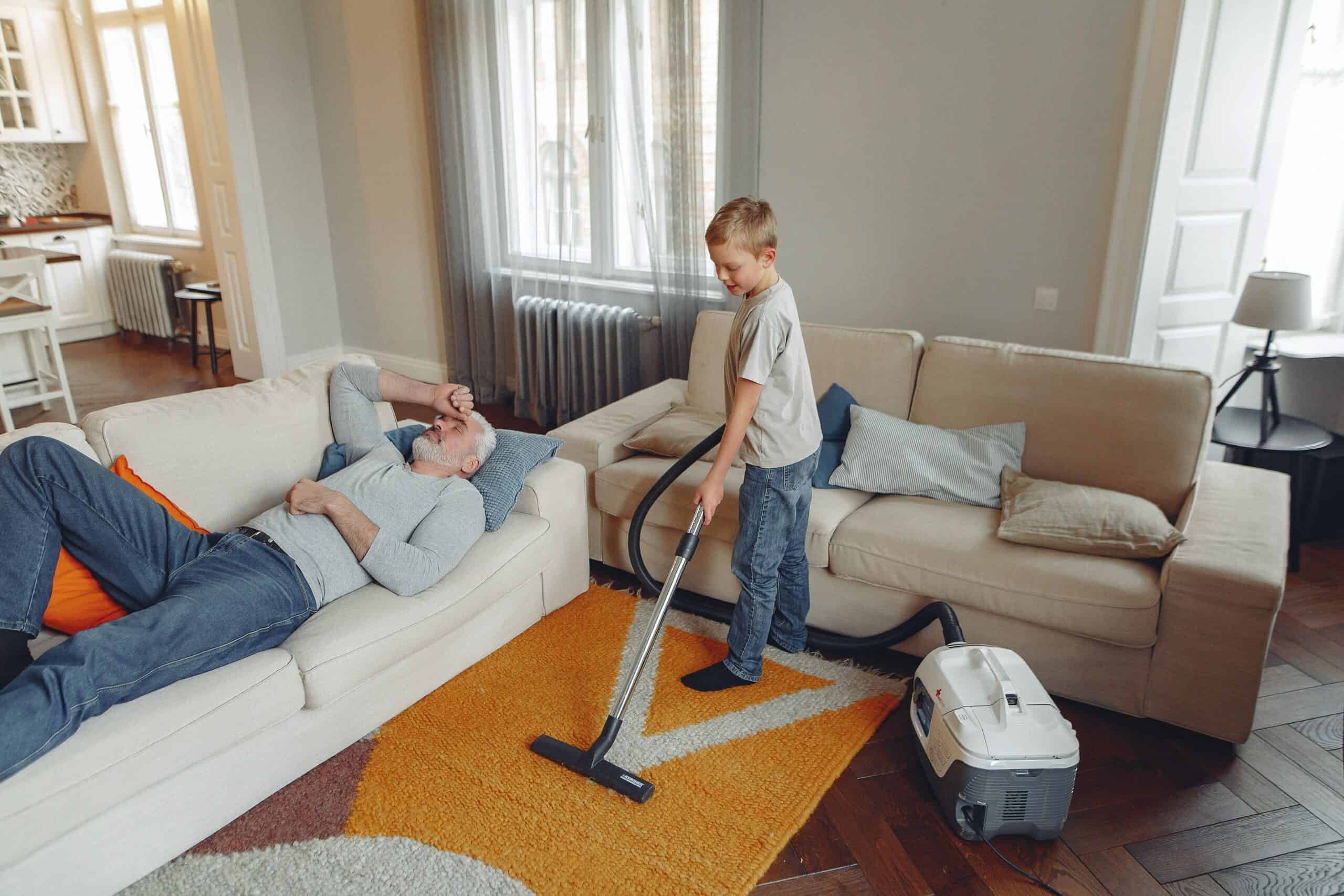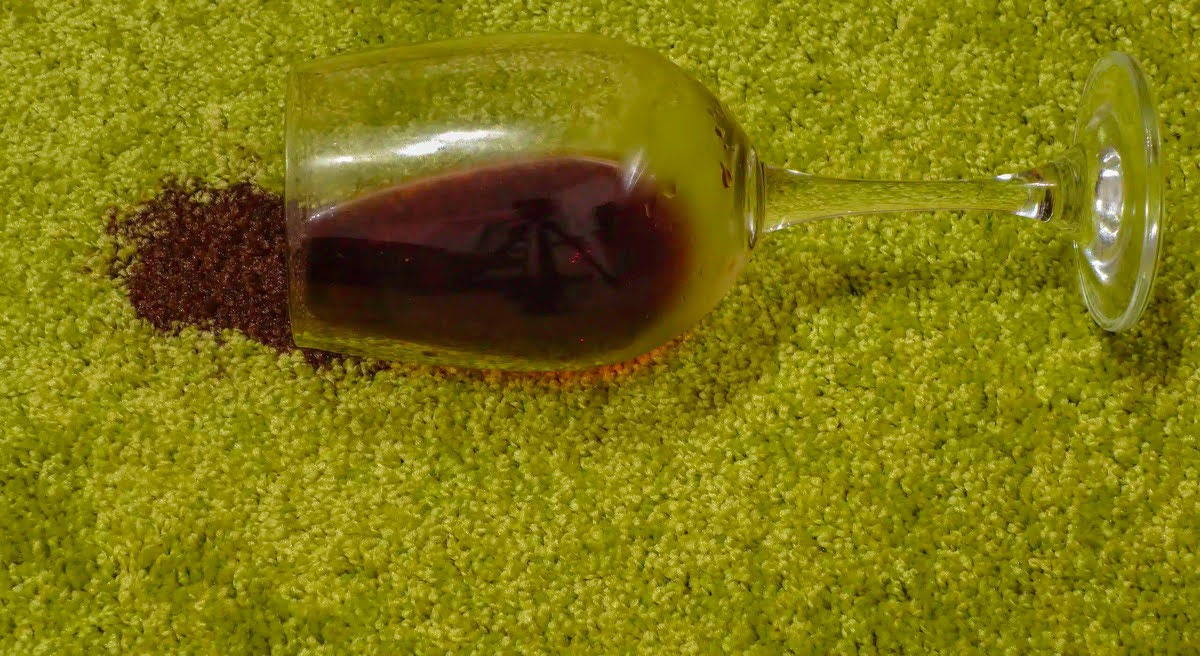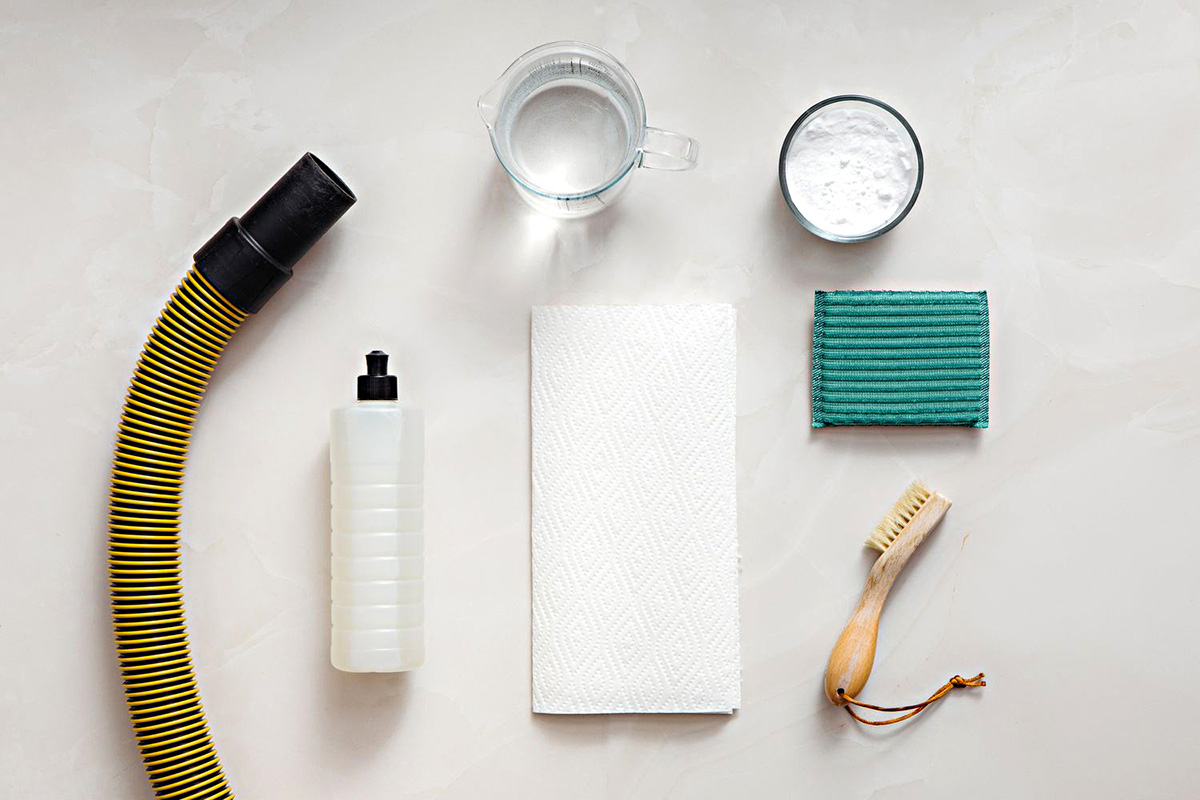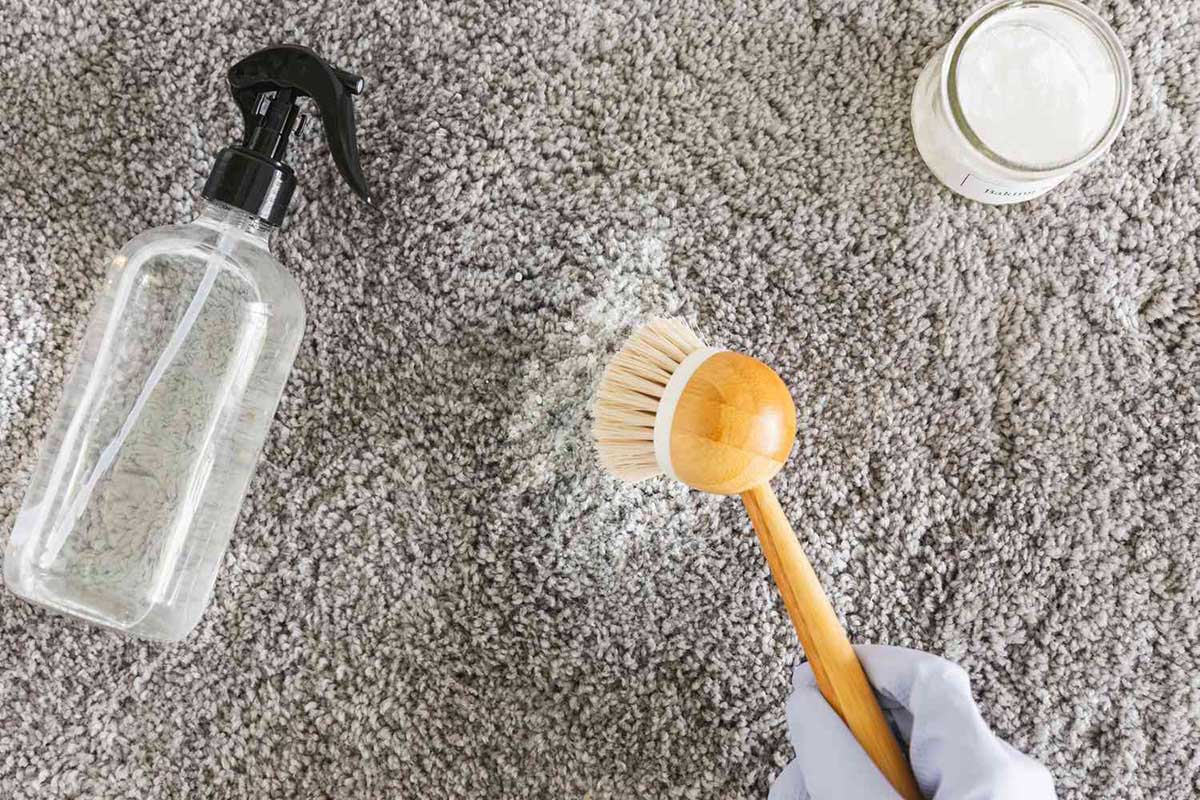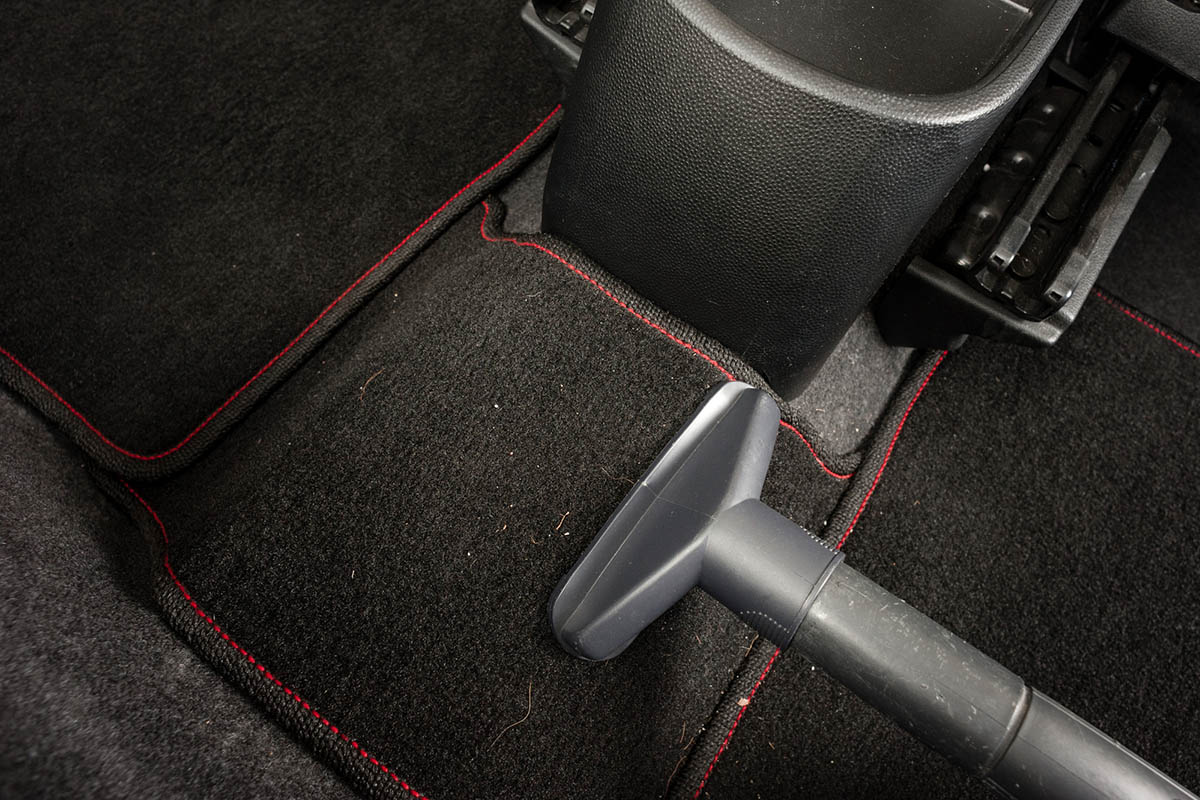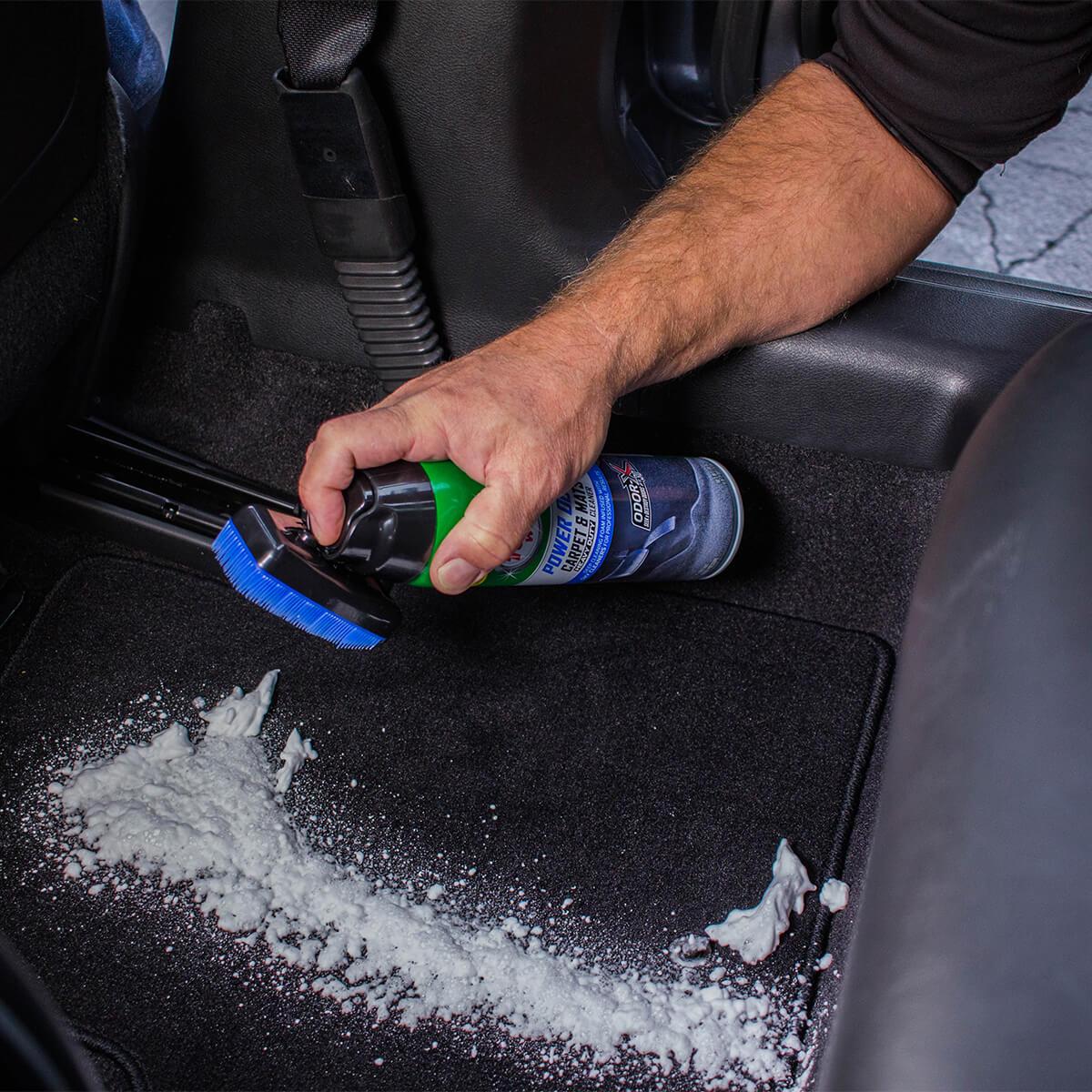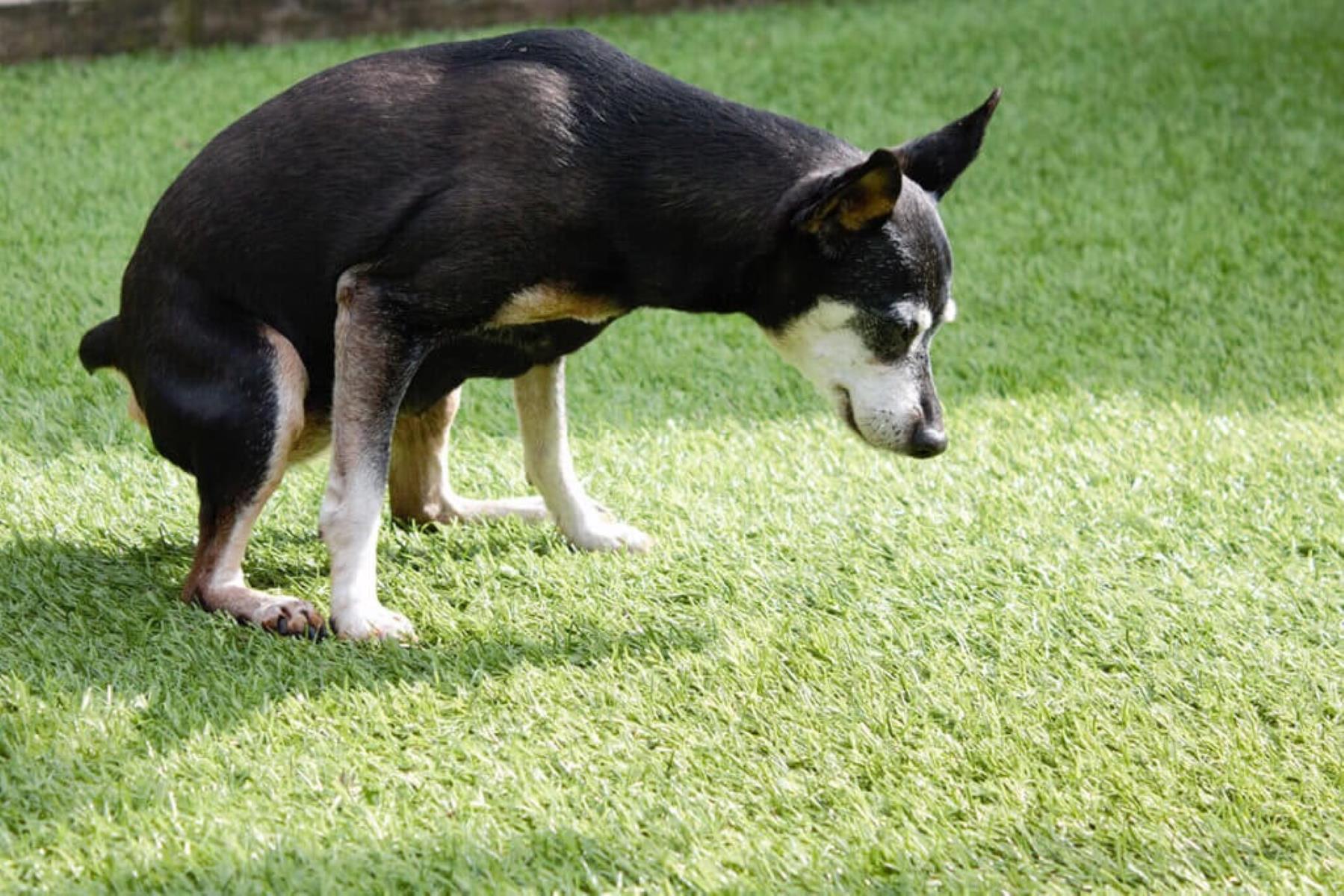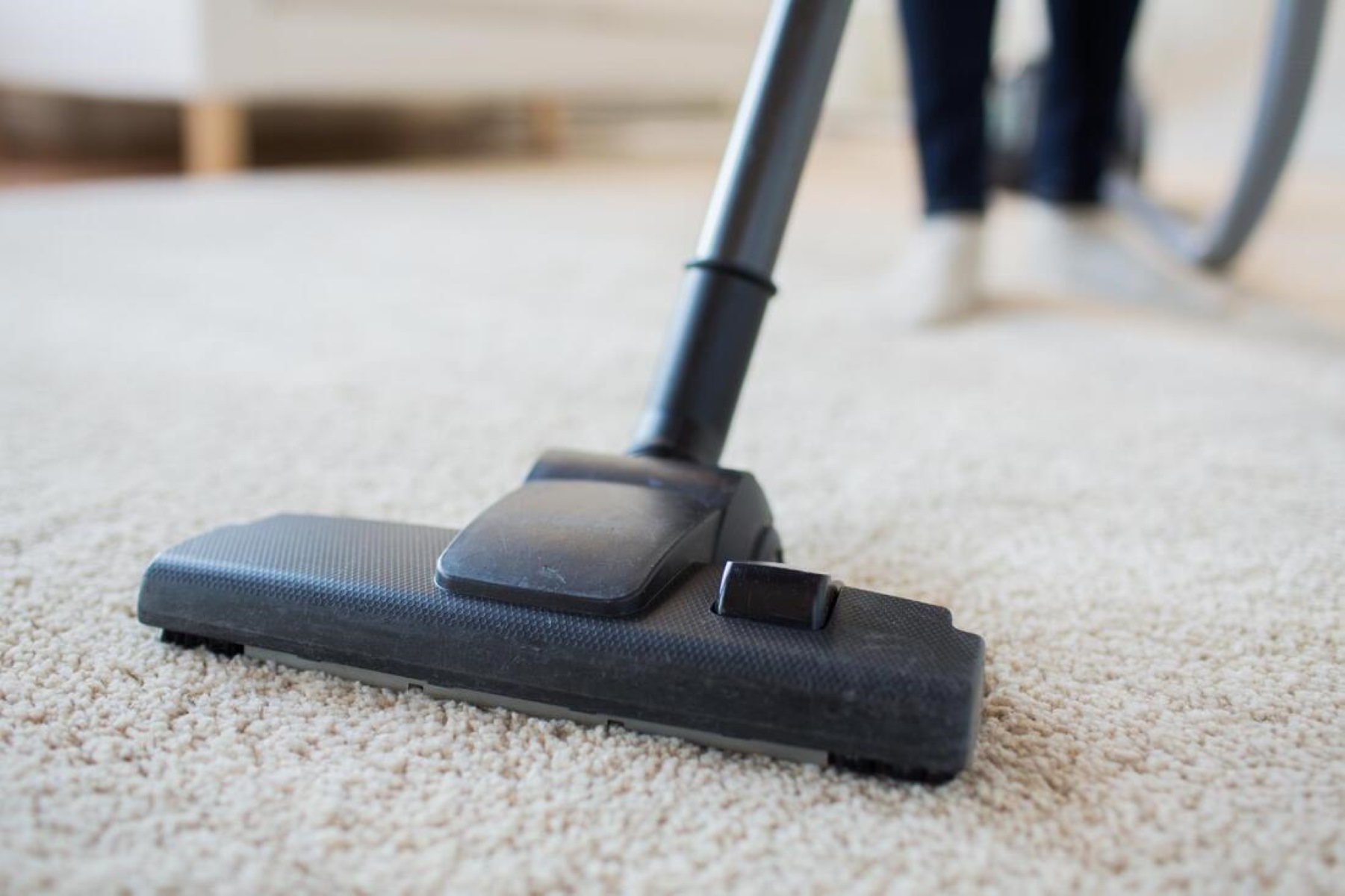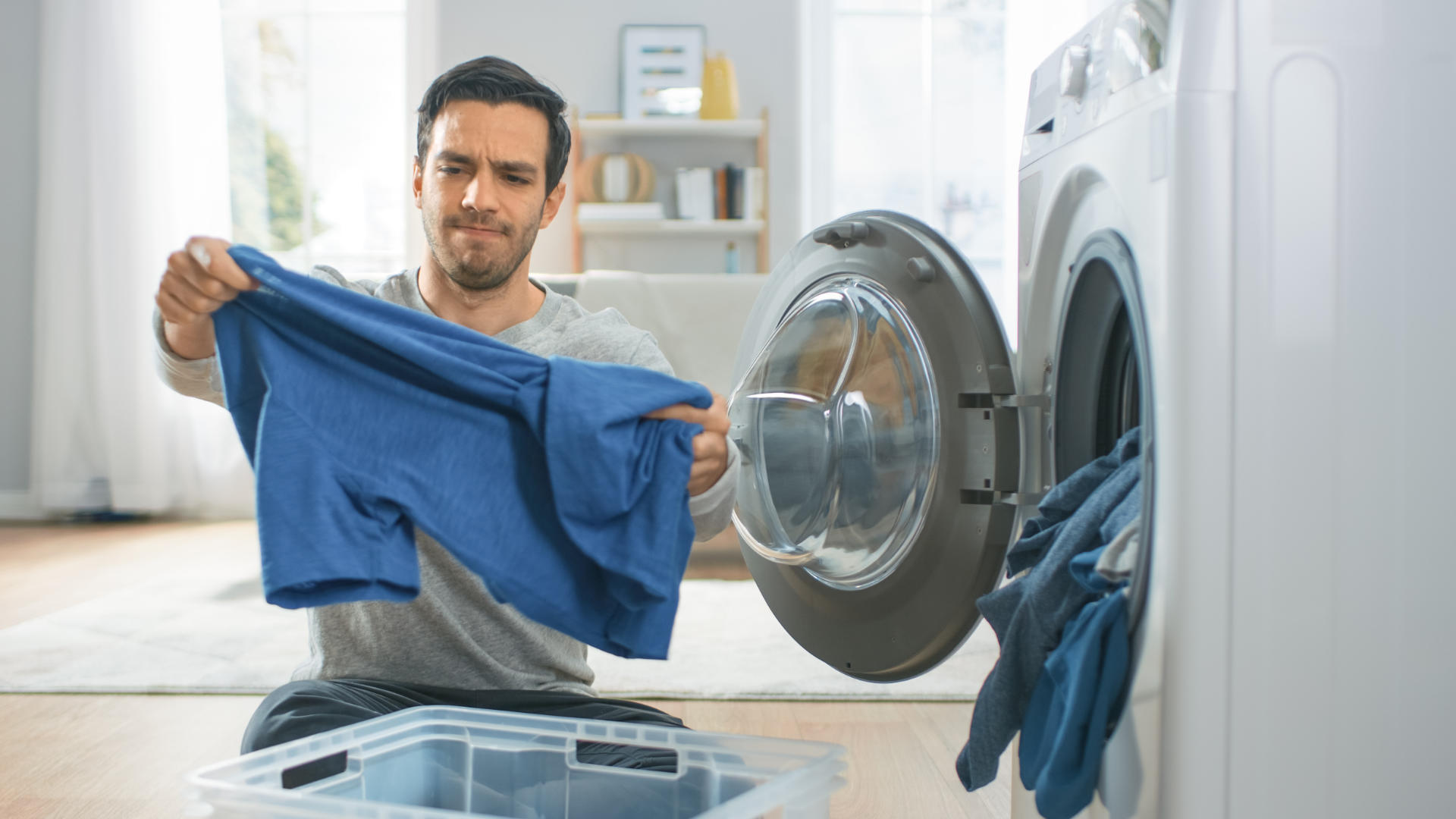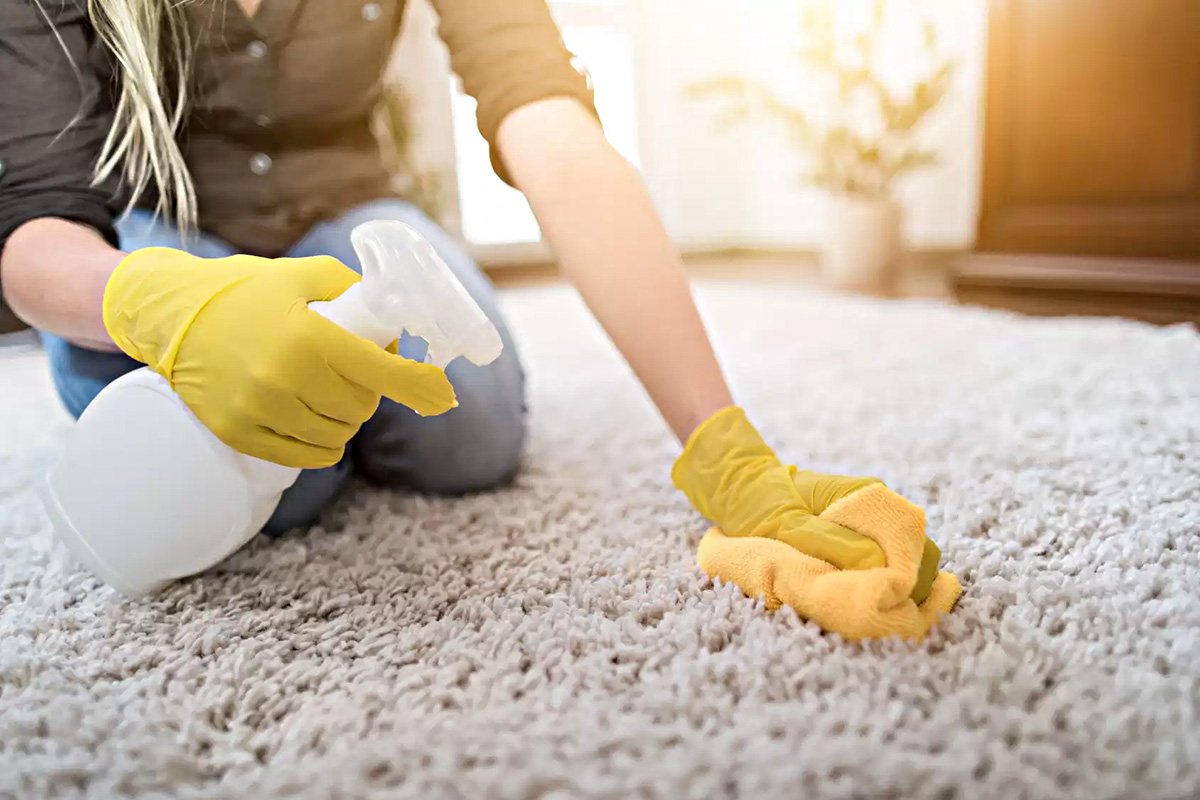

Articles
How Do You Get Mildew Smell Out Of A Carpet
Modified: November 1, 2024
Looking for articles on how to get rid of mildew smell from your carpet? Read our guide for effective tips and tricks to eliminate the unpleasant odor.
(Many of the links in this article redirect to a specific reviewed product. Your purchase of these products through affiliate links helps to generate commission for Storables.com, at no extra cost. Learn more)
Introduction
Having a mildew smell in your carpet can be both unpleasant and frustrating. Not only does it create an unpleasant odor in your home, but it can also be a sign of a deeper issue, such as moisture buildup or mold growth. Fortunately, there are several steps you can take to effectively remove the mildew smell from your carpet and prevent it from returning.
In this article, we will explore the different methods and techniques to get rid of mildew smell in carpets. From identifying the source of the smell to using natural remedies and professional cleaning services, we’ve got you covered. So, let’s dive in and learn how you can banish that unpleasant odor once and for all.
Key Takeaways:
- Don’t let mildew smell ruin your carpet! Use natural remedies like baking soda and vinegar, or consider professional cleaning services to banish the unpleasant odor and keep your home fresh.
- Prevent mildew smell by controlling moisture, acting quickly on spills, and scheduling regular professional cleanings. With these proactive measures, you can enjoy clean, odor-free carpets for a healthier home.
Read more: How To Get Out Mildew Smell From A Carpet
Understanding Mildew Smell in Carpets
Before we can effectively deal with the mildew smell in carpets, it’s important to understand what causes it. Mildew is a type of fungus that thrives in damp and humid environments. When moisture becomes trapped in your carpet fibers, it creates a perfect breeding ground for mildew spores to grow and multiply.
The presence of mildew in your carpet is often accompanied by a musty and unpleasant odor. This odor is caused by the volatile organic compounds (VOCs) released by the mildew. These compounds are responsible for the characteristic musty smell that can permeate your entire home if left untreated.
Mildew smell in carpets can be a result of various factors, such as:
- Excessive humidity in the environment
- Water damage or a leaky pipe
- Poor ventilation in the room
- Spilled liquids or damp objects left on the carpet
It’s crucial to address the mildew smell as soon as possible to prevent further damage to your carpet and potential health issues for you and your family. By understanding the causes of the smell, you can take appropriate steps to eliminate it and prevent it from recurring in the future.
Identifying the Source of the Smell
Before you can effectively eliminate the mildew smell from your carpet, it’s important to identify the source of the odor. This will help you determine the best course of action to take in order to address the issue completely.
Start by thoroughly inspecting your carpet and surrounding areas for any signs of moisture or mold growth. Look for discoloration, dampness, or visible mold spots. Check nearby walls, windows, and plumbing fixtures for any leaks or water damage that could be contributing to the smell.
If you’re unable to visually identify the source, try using your sense of smell to pinpoint the area that is emitting the odor. Walk around the room and pay attention to any specific areas where the smell seems to be stronger. This can help narrow down the location and guide your efforts in treating the problem.
It’s important to note that the mildew smell can sometimes be caused by factors outside of your carpet, such as a musty basement or damp subfloor. In these cases, it may be necessary to address the underlying issue in addition to treating the carpet itself.
If you’re having trouble identifying the source or if the smell persists after trying various treatments, it’s recommended to consult a professional carpet cleaner or a mold remediation specialist. They have the expertise and equipment necessary to thoroughly assess the situation and provide appropriate solutions.
By correctly identifying the source of the mildew smell, you can take targeted action and ensure that the problem is effectively resolved, leaving your carpet fresh and odor-free.
Gathering the Necessary Supplies
Before you begin the process of eliminating the mildew smell from your carpet, it’s important to gather the necessary supplies. Having the right tools and products on hand will make the task easier and more effective. Here are some essential supplies you’ll need:
- Vacuum Cleaner: A good quality vacuum cleaner with a HEPA filter is essential for removing loose dirt, debris, and spores from the carpet.
- Baking Soda: Baking soda is a natural odor absorber and can help neutralize the musty smell in your carpet.
- Vinegar: White vinegar is a powerful cleaner and deodorizer that can help eliminate mildew odor.
- Hydrogen Peroxide: Hydrogen peroxide is effective at killing mold and mildew spores and can be used as a natural disinfectant.
- Steam Cleaner: If you have access to a steam cleaner, it can be a highly effective tool for deep cleaning and sanitizing your carpet.
- Clean Towels or Cloths: These will be used for blotting and drying the carpet during the cleaning process.
- Protective Gloves: It’s always a good idea to wear gloves to protect your hands from any potential irritants in the cleaning solutions.
- Mildew Remover (if necessary): If the mildew smell persists after using natural remedies, you may need to purchase a commercial mildew remover specifically designed for carpets.
By ensuring that you have these supplies readily available, you’ll be well-prepared to tackle the mildew smell and restore your carpet to its fresh and clean state.
Vacuuming the Carpet
The first step in eliminating the mildew smell from your carpet is to thoroughly vacuum it. Vacuuming helps to remove loose dirt, debris, and any mold or mildew spores that may be present on the surface of the carpet.
Start by ensuring that your vacuum cleaner is equipped with a clean and functioning HEPA filter. This filter is designed to trap microscopic particles, including mold spores, and prevent them from being released back into the air.
Before you begin vacuuming, it’s a good idea to declutter the room by removing any objects, such as furniture or toys, that may obstruct your cleaning path.
When vacuuming, make sure to cover every inch of the carpet, including corners, edges, and underneath furniture. Use a slow and steady back-and-forth motion, overlapping each pass to ensure thorough cleaning.
If your vacuum cleaner has attachments, such as a crevice tool or upholstery brush, use them to clean along baseboards, in between furniture cushions, and in other hard-to-reach areas.
It’s important to note that vacuuming alone may not completely eliminate the mildew smell, especially if the odor has penetrated deep into the carpet fibers. However, it is an important initial step in preparing the carpet for further treatment.
Once you have finished vacuuming, empty the vacuum bag or canister outside to prevent any trapped mold spores from being released back into your home. It’s also a good idea to clean or replace the vacuum filter to maintain its effectiveness.
By starting with a thorough vacuuming, you remove any loose debris and surface contaminants, setting the stage for more targeted treatments to address the mildew smell in your carpet.
Read more: How To Get Rid Of Mildew Smell In Car Carpet
Treating the Mildew Odor with Baking Soda
Baking soda is a natural and effective odor absorber, making it a great option for eliminating mildew smell from your carpet. It helps neutralize the odor and leaves your carpet smelling fresh and clean. Here’s how you can use baking soda to treat the mildew odor:
- Start by generously sprinkling baking soda over the entire carpet surface. Make sure to focus on areas where the odor is particularly strong.
- Using a clean broom or brush, gently work the baking soda into the carpet fibers. This will help ensure that the baking soda comes into contact with the source of the odor.
- Leave the baking soda on the carpet for several hours, or even overnight, to allow it to absorb the odors.
- Vacuum the carpet thoroughly to remove the baking soda, making sure to go over each section multiple times. This will help remove any leftover baking soda residue and trapped odors.
For persistent mildew odors, you may need to repeat this process a few times to achieve the desired results. Baking soda is a safe and non-toxic option, so you can use it liberally without worrying about any harmful side effects.
In addition to using baking soda, you can also sprinkle a few drops of your favorite essential oil onto the carpet before applying the baking soda. This will not only help mask the mildew smell but also leave a pleasant fragrance behind.
It’s important to note that while baking soda can effectively eliminate mildew odors, it may not address the underlying cause of the smell, such as mold growth or excessive moisture. If the smell persists after using baking soda, it may be necessary to investigate further and take additional measures to resolve the issue.
By utilizing the natural deodorizing properties of baking soda, you can effectively tackle the mildew smell in your carpet and create a fresher living environment.
To get mildew smell out of a carpet, mix equal parts of water and white vinegar in a spray bottle. Spray the affected area, let it sit for 15 minutes, then blot with a clean cloth. Repeat if necessary.
Using Vinegar to Remove Mildew Smell
Vinegar is a versatile household ingredient that can be used to eliminate the mildew smell from your carpet. Its acidic nature helps to neutralize odors and kill bacteria, making it an effective solution for tackling mildew-related issues. Here’s how you can use vinegar to remove the mildew smell:
- Create a vinegar cleaning solution by mixing equal parts of white vinegar and water in a spray bottle. For a stronger solution, you can use undiluted vinegar.
- Spray the vinegar solution directly onto the affected areas of the carpet. Focus on spots where the mildew odor is most prevalent.
- Gently scrub the carpet with a clean cloth or soft brush to work the vinegar solution into the fibers. Be sure to cover all the affected areas.
- Allow the vinegar solution to sit on the carpet for about 15-20 minutes to penetrate and neutralize the odor.
- Use a clean, absorbent cloth or paper towels to blot up any excess moisture from the carpet. Repeat until the carpet is damp but not soaking wet.
- Open windows or use fans to promote air circulation and speed up the drying process.
It’s important to note that while vinegar is a powerful natural cleaner, its strong odor may initially be noticeable. This vinegar smell will dissipate as the carpet dries. If you find the smell overpowering, you can add a few drops of essential oil to the vinegar solution before applying it to the carpet to help mask the vinegar scent.
If the mildew smell persists after using vinegar, you may need to repeat the process or consider alternative treatments. It’s also important to address any underlying issues that may be causing the mildew, such as moisture problems or mold growth.
Vinegar is an affordable and accessible option for removing mildew odors from carpets. Its effectiveness, coupled with its natural properties, makes it a popular choice among homeowners seeking a chemical-free solution.
Applying Hydrogen Peroxide Solution
Hydrogen peroxide is a powerful disinfectant that can effectively kill mold and mildew spores, making it a useful solution for removing the mildew smell from your carpet. Here’s how you can use hydrogen peroxide to treat the odor:
- Start by diluting hydrogen peroxide with equal parts of water to create a 50% solution. This helps to prevent any potential discoloration or bleach stains on your carpet.
- Pour the hydrogen peroxide solution into a spray bottle for easy application.
- Before applying the solution to the entire carpet, it’s wise to test a small, inconspicuous area first to ensure that it doesn’t cause any damage or discoloration.
- Spray the diluted hydrogen peroxide solution onto the affected areas of the carpet, ensuring that you thoroughly saturate the fibers and reach the source of the mildew odor.
- Gently blot the carpet with a clean cloth to help the solution penetrate deeper into the fibers.
- Allow the solution to sit on the carpet for at least 10-15 minutes to effectively kill any mold or mildew present.
- After the designated time has passed, use a clean, absorbent cloth or paper towels to blot up any excess moisture from the carpet.
- Open windows or use fans to promote air circulation and aid in the drying process.
It’s important to note that hydrogen peroxide may have a bleaching effect on certain types of carpet, so always perform a patch test beforehand. Additionally, hydrogen peroxide should not be mixed with other household cleaning products, as it can create potentially harmful chemical reactions.
If the mildew smell persists after using hydrogen peroxide or if you’re concerned about potential damage to your carpet, it may be best to consult a professional carpet cleaner who can provide expert advice and assistance.
By applying a hydrogen peroxide solution, you can effectively disinfect your carpet and eliminate the source of the mildew smell, leaving your carpet fresh and clean.
Steam Cleaning the Carpet
Steam cleaning is an excellent method for deep cleaning and sanitizing your carpet, making it an effective option for removing the mildew smell. Steam cleaning uses hot water vapor to penetrate deep into the carpet fibers, loosening dirt, debris, and mold or mildew spores. Here’s how you can steam clean your carpet:
- Start by renting or purchasing a steam cleaner from a hardware store or home improvement center. Make sure to choose a steam cleaner specifically designed for carpets.
- Prepare the steam cleaner by filling the reservoir with hot water and the recommended cleaning solution. Follow the manufacturer’s instructions for proper usage and dilution ratios.
- Thoroughly vacuum the carpet to remove any loose dirt, dust, or debris. This step ensures that the steam cleaning process is more effective.
- Using the steam cleaner, slowly move it over the carpet in a systematic pattern, starting from one corner and moving towards the opposite end of the room.
- Pay special attention to areas with heavy traffic or visible stains. Spend extra time on these sections to ensure thorough cleaning.
- Allow the steam cleaner to extract as much moisture as possible from the carpet during the cleaning process.
- After steam cleaning, open windows or use fans to promote air circulation and expedite the drying process. It’s essential to remove excess moisture to prevent mold or mildew growth.
Steam cleaning not only removes dirt and odors but also kills bacteria and eliminates allergens, making it a comprehensive solution for maintaining a clean and fresh carpet.
If you prefer not to tackle steam cleaning on your own, or if you have extensive mildew or water damage, it’s recommended to hire a professional carpet cleaning service. They have the expertise and specialized equipment to thoroughly clean and restore your carpet.
By steam cleaning your carpet, you can effectively eliminate the mildew smell and improve the overall cleanliness and hygiene of your living space.
Read more: How To Get Smoke Smell Out Of A Carpet
Hiring a Professional Carpet Cleaner
While there are several DIY methods to remove mildew smell from your carpet, sometimes it’s best to enlist the help of a professional carpet cleaner. Professional cleaners have the experience, knowledge, and specialized equipment to effectively clean and restore your carpet to its optimal condition. Here are some reasons why hiring a professional carpet cleaner may be beneficial:
- Expertise and Experience: Professional carpet cleaners are trained in identifying the source of the mildew smell and determining the best course of action. They understand the complexities of different carpet materials and know how to effectively treat them without causing damage.
- Deep Cleaning and Extraction: Professional carpet cleaning equipment is designed to deep clean and extract embedded dirt, allergens, and odor-causing bacteria. They use powerful steam cleaning or hot water extraction methods that can reach deep into the carpet fibers and remove stubborn stains and odors.
- Professional Grade Cleaning Solutions: Carpet cleaners have access to professional-grade cleaning solutions and treatments that are specially formulated to tackle tough stains and odors. These solutions are often more effective than household cleaning products available to consumers.
- Time and Convenience: Hiring a professional carpet cleaner saves you time and effort. Instead of spending hours on DIY cleaning methods, you can rely on professionals to efficiently and effectively clean your carpets while you focus on other tasks.
- Prevent Further Damage: Professional cleaners can assess any underlying issues that may have caused the mildew smell, such as water damage or mold growth. By addressing these issues, they can help prevent further damage to your carpet and ensure a healthier living environment.
- Guaranteed Results: Professional carpet cleaning services often offer guarantees or warranties on their work. If you’re not satisfied with the results, they will work to resolve the issue or provide a refund. This gives you peace of mind and reassurance that your carpet will be properly cleaned.
When hiring a professional carpet cleaner, do your research and choose a reputable company with positive reviews and certifications. Request a quote and inquire about their cleaning methods and products to ensure they align with your needs and preferences.
By entrusting your carpet cleaning to professionals, you can have confidence in their expertise and enjoy fresh, clean carpets free from mildew odors.
Preventing Mildew Smell in Carpets
Prevention is key when it comes to avoiding mildew smell in your carpets. By taking proactive measures, you can minimize the chances of mildew growth and maintain a fresh and odor-free home. Here are some tips to help prevent mildew smell in your carpets:
- Control Moisture: Keep your home properly ventilated to reduce moisture levels. Use exhaust fans in bathrooms, kitchens, and laundry rooms, and open windows to improve air circulation. Promptly fix any leaks or plumbing issues that could contribute to excess moisture.
- Act Quickly: If you experience a water spill or carpet stain, act promptly by blotting the area with a clean, absorbent cloth. Avoid rubbing, as it can push the liquid deeper into the carpet fibers. Use a mild detergent or carpet cleaner specifically designed for stain removal.
- Regular Vacuuming: Vacuum your carpets regularly, at least once a week or more frequently in high-traffic areas. Vacuuming not only removes dirt and debris but also prevents them from settling into the carpet and providing a breeding ground for mildew.
- Keep a Clean Environment: Regularly clean and declutter your home. Avoid leaving wet or damp items on the carpet, such as wet shoes, clothes, or towels. Dry your pets thoroughly after they come indoors to prevent them from tracking moisture onto the carpets.
- Use Area Rugs or Mats: Place area rugs or mats in high-traffic areas, especially near entrances and around sinks or water sources. These rugs can help absorb excess moisture and prevent it from reaching the carpet.
- Professional Carpet Cleaning: Schedule professional carpet cleaning at least once or twice a year. Professional cleaning removes deep-seated dirt, allergens, and potential mildew or mold spores, ensuring a clean and fresh environment.
- Monitor Humidity Levels: Use a dehumidifier in areas where humidity is consistently high, such as basements or bathrooms. Maintaining proper humidity levels can discourage mildew growth and prevent musty odors.
By implementing these preventive measures, you can significantly reduce the risk of mildew smell in your carpets and create a healthier and more pleasant living environment.
Remember, prevention is always better than dealing with the consequences of mildew growth. By being proactive and mindful of moisture control and cleanliness, you can enjoy fresh, odor-free carpets for years to come.
Conclusion
Dealing with a mildew smell in your carpet can be a hassle, but with the right knowledge and techniques, you can effectively eliminate the odor and prevent it from returning. Whether you choose to tackle the issue yourself or enlist the help of professional carpet cleaners, the key is to address the root cause and take preventative measures to maintain a fresh and odor-free home.
Understanding the nature of mildew smell in carpets and identifying its source is crucial to effectively eliminating the odor. By gathering the necessary supplies and utilizing methods such as vacuuming, baking soda, vinegar, hydrogen peroxide, and steam cleaning, you can restore your carpet to its optimal condition and remove the unpleasant smell.
In cases where the problem persists or if you’re unable to identify the source of the odor, it’s advisable to seek professional assistance. Professional carpet cleaners have the expertise, experience, and specialized equipment to thoroughly clean and restore your carpet. They can also offer guidance on preventing future mold and mildew growth.
Prevention plays a significant role in maintaining a pleasant and odor-free environment. By controlling moisture levels, acting quickly in case of spills or stains, regular vacuuming, keeping a clean environment, and scheduling periodic professional carpet cleanings, you can minimize the risk of mildew smell in your carpets.
Remember, a clean and fresh-smelling carpet not only enhances the aesthetics of your home but also contributes to a healthier indoor environment for you and your family. By implementing the techniques and tips outlined in this article, you can say goodbye to mildew odors and enjoy the comfort of clean and fresh carpets.
Frequently Asked Questions about How Do You Get Mildew Smell Out Of A Carpet
Was this page helpful?
At Storables.com, we guarantee accurate and reliable information. Our content, validated by Expert Board Contributors, is crafted following stringent Editorial Policies. We're committed to providing you with well-researched, expert-backed insights for all your informational needs.
